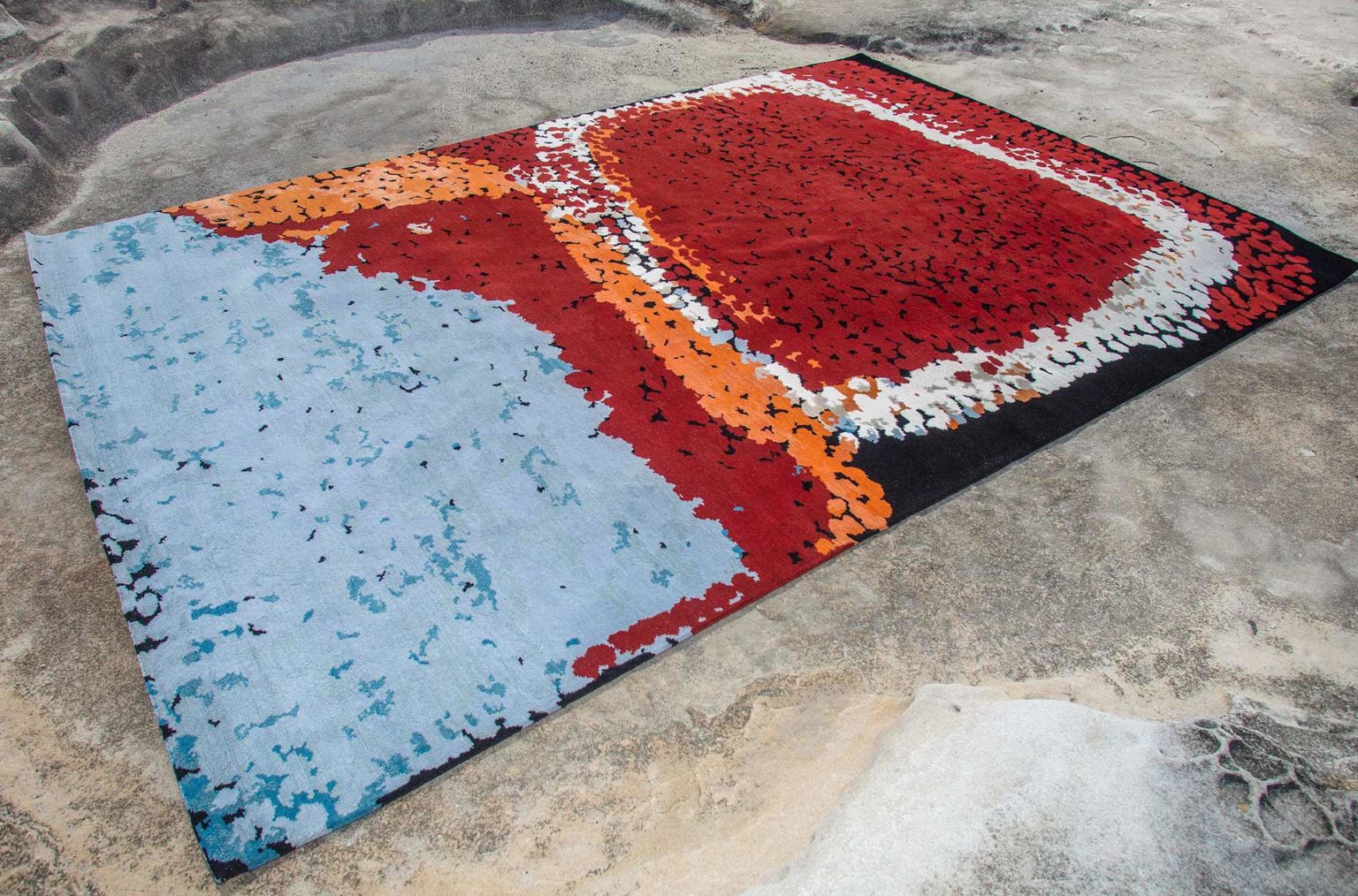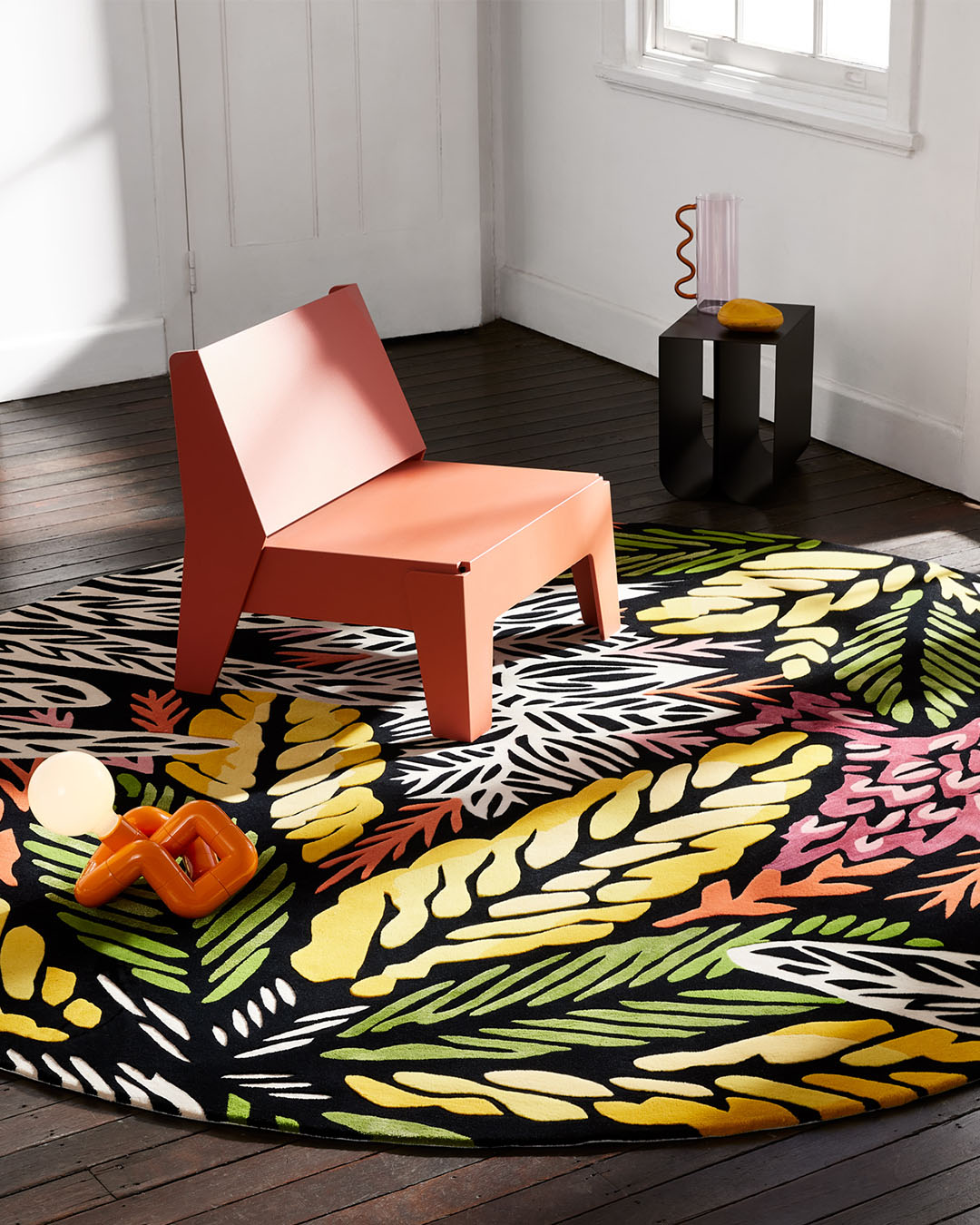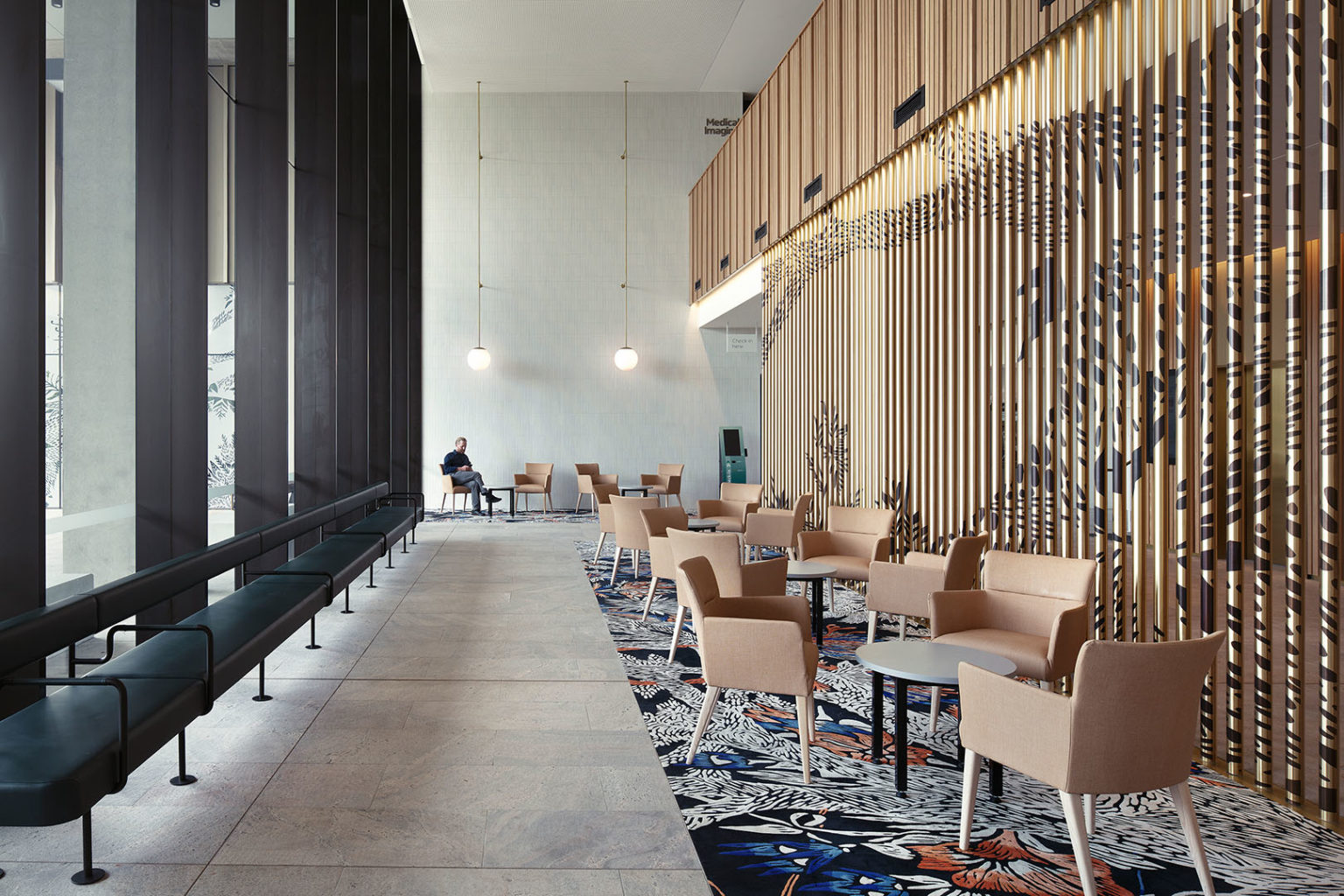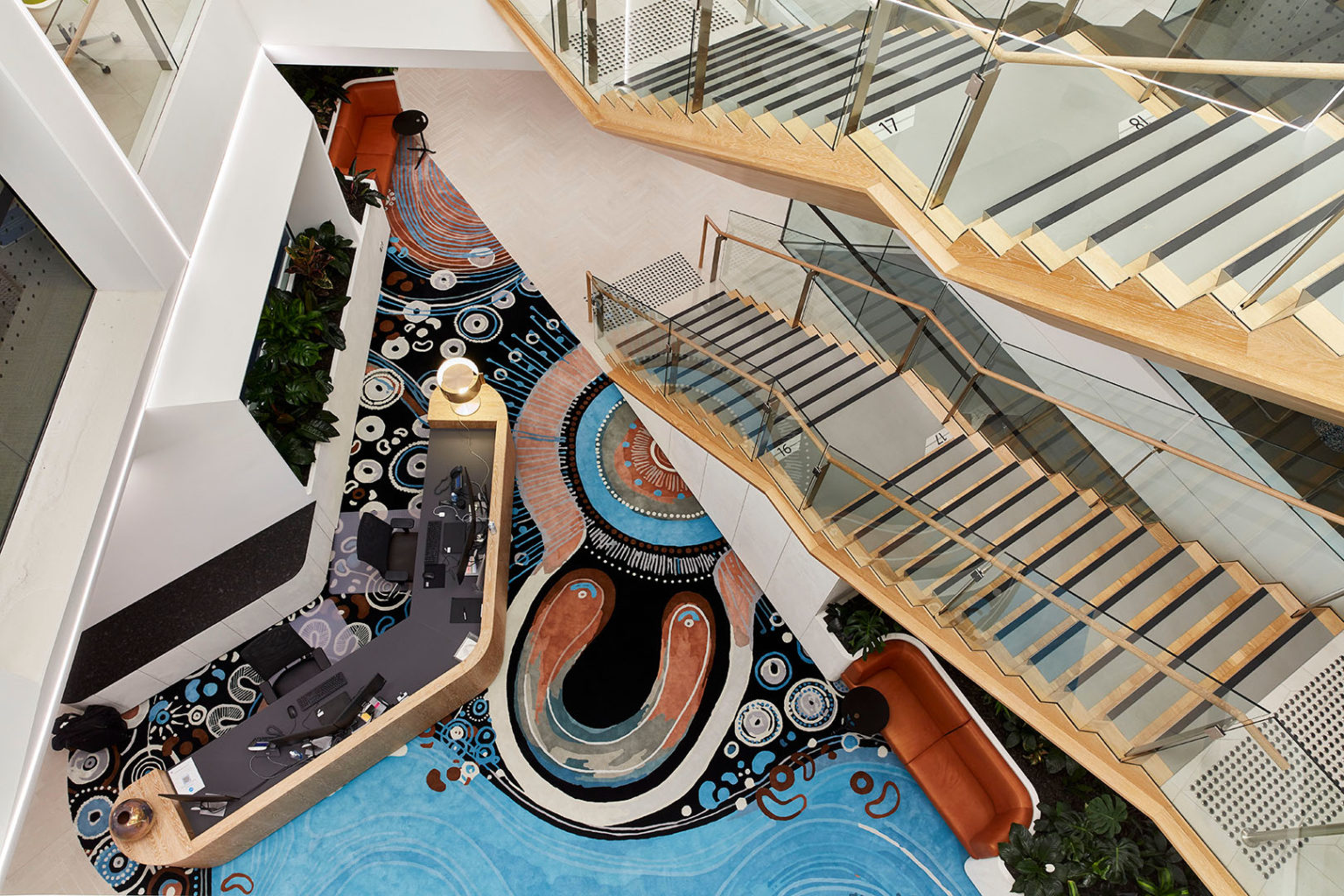A vital, living part of the world’s oldest continuous culture and a means for Indigenous Australians to not just express connection to Country, but also strengthen their communities and achieve economic independence, Indigenous art continues to develop and thrive.
Beyond that, it has the unmistakable capability to work as a cultural bridge; to provide non-indigenous Australians – and indeed the broader global community – with a window to cultures of Aboriginal and Torres Straight Islander peoples.
Clearly, at least since the latter part of the 20th Century, it has succeeded in this sense. Right now, belatedly, Indigenous art is recognised, universally, as the exciting, vibrant movement it has always been. It is a common presence, across Australia, in our galleries, homes, and places of business.
While this inclusion is to be applauded, there is one curious aspect to the way many non-Indigenous people approach Indigenous art. As it stands, the work most in the broader community get to see is generally limited to paintings and sculptures. Despite the amount of great work being produced by Indigenous artists in a range of media, architects, homeowners, and business owners are cautious about including them in their homes and places of work.
Rugs and carpet are a good example. Right now, across Australia, emerging and established artists are leveraging the latest technologies and materials to create rugs that carry their own Indigenous designs. However, through a misplaced fear that incorporating designs in this way – and therefore allowing them to be walked on – may cause offence, many designers are choosing not to specify them.
This whitepaper examines the use of Indigenous designs in rugs. Acknowledging the fact that unauthorised and inappropriate use of Indigenous designs and cultural appropriation are real and on-going problems, it explains the ways that work completed through collaboration with reputable manufacturers, like Designer Rugs, addresses them; and how including these products into projects helps artists bring their ideas to fruition and provide financial benefits to First Nations people.
According to a draft report released by the Productivity Commission in July, for the year 2019-20, sales generated by the Aboriginal and Torres Strait Islander arts and crafts industry totalled about $250 million.[i] Problematically however, for the same year, it also estimated that over 60 per cent of these products were fakes.[ii] – i.e. up to two thirds of products sold as ‘Indigenous art’ were designed and created by non-Indigenous people with the sole purpose of making a profit.
The report also includes a number of recommendations that, further down the line, can be expected to be acted upon by government. These include the mandatory labelling of inauthentic (rather than authentic) products and a new law to guard against the inappropriate use Indigenous Cultural and Intellectual Property (and allow for legal action against those who use it in this way).[iii]
The report makes it clear that most of these fake products come under the souvenir category, including products bought by tourists and others in shopping malls, gift stores, online, and so on. While it makes no mention of rugs, and there is no suggestion that any fake products of this kind are available, the prevalence of this unethical behaviour goes some way to explaining the hesitancy with which some approach purchasing rugs carrying Indigenous designs.

Such caution can be explained by a pre-existing understanding that the fakes (as detailed in the report) are nothing new. Aware that these deceptions have been going on for a long time, people are at pains to ensure they don’t become part of the problem. And to do this, they limit their purchases to work involving ‘traditional’ media, such as paintings and sculpture.
The problem with this sentiment is that, while well-intentioned, it is also mis-placed. It fails to acknowledge that Indigenous art, like all artistic traditions, is dynamic. Ever-evolving, over time it incorporates new ideas and new media. Just as in the early 1970s, the desert artists of Papunya (in the Northern Territory) adapted and began to work with paint and canvas (rather than depicting their designs exclusively in sand), many of today’s artists are turning to other new media, like rugs.
Those who, through fear of causing offense, dismiss such pieces do little more than deprive themselves of appreciating some great work. And at the same time, they inadvertently deprive artists who choose to work with such media of much-deserved attention (and income).

Far from endorsing this attitude of excessive caution, the Draft Report by the Productivity Commission talks about “enabling further collaboration and artistic innovation”[i]
In this spirit, a more effective approach for those wishing to include Indigenous art in their work is to do their research, ensure everything they purchase is authentic and was created with the consent and involvement of the artist and his/her community, and that the proceeds of its sale return to those same people.
Having first worked with Minnie Pwerle – a celebrated artist from Utopia region of the Northern Territory – in 2008, Designer Rugs has been collaborating with Indigenous artists in this way for almost 15 years.
All these collaborations are entered into with a clear understanding that Indigenous collaboration in design should be approached from a place of respect and communication; and a belief that listening to First Nations artists and designers in regards to iconography, meaning and cultural heritage creates better and more meaningful outcomes for the project.
Designer Rugs receives explicit permission before incorporating any indigenous designs into its rugs, and works closely with each artist – or in the case of deceased artists, their family and gallery representatives – to clarify limitations in customisation to retain the original artwork intention. At the same time, the company recognises that First Nations artists are not a monolith – and that each artist will have their own ideas about usage and the translation of their work. It incorporates respectful communication as an indispensable means of arriving at a finished product and bringing each artist’s visions to fruition.
Apart from the ‘Atnwengerrp’ collection (which it created in collaboration with Pwerle), Designer Rugs has produced two other Indigenous collections (Tamika Grant-Iramu and Yulparitja) and has collaborated with Lakkari Pitt (an artist from northern NSW) on a project involving ANZ Bank’s Sydney office. In addition, right now, two other Indigenous collections are in production.
Tamika Grant-Iramu
An artist with Papua New Guinean, European and Torres Strait Islander heritage, Tamika Grant-Iramu is best-known for the relief printmaking work, in which she considers the flora in and around her home base of Meanjin/Brisbane. Detailing both native and introduced plants – in all their intricate complexity – her work invokes both the strength of nature and the emotional effect that being in and around it has on people of all backgrounds.
Beyond printmaking, however, she has also begun to work with other media. Most notably, in collaboration with Designer Rugs, she has created a collection of four rug designs, each of which can be customised to accommodate the project at hand.
Significantly – considering the questions around the appropriateness of incorporating such work into rugs, claims of cultural appropriation, and so forth – it was Grant-Iramu who initiated the relationship with Designer Rugs (not the other way round).
In 2018, having recently left university, she was approached to contribute work for Herston Hospital’s Surgical, Treatment and Rehabilitation Service (STARS) in Brisbane. “Part of that opportunity was to design and inlay carpet for their new foyer area. I ended up being the successful artist for the design for that and that is how we engaged with Designer Rugs,” she said.
As she explained, Designer Rugs helped her take one of her pre-existing designs and transform it into something suitable “…and from there, the owner of the company, Yosi Tal, decided to do a collection with me. It was kind of like a nice surprise that came out of another surprise.”
That collection includes three new designs – ‘Changing Seasons’, ‘Complex Ecologies’ and ‘Native Resonances – all of which were created specifically with rugs in mind. In addition, as part of her creative process, Grant-Iramu also creates a matching original print to be sold as an artwork.
Asked about the inappropriate use of Indigenous art, Grant-Iramu acknowledges this as a real and serious problem. However, she sees no connection between this issue and her own work.
“I know that some artists need to have permission from elders and family… so it can get tricky when working in a commercial space to have that kind of control,” she says, adding that in her case she is not sharing any stories of this kind.
A young artist working in an urban context, Grant-Iramu is essentially presenting her own stories – and in so doing – perhaps helping to break the mould concerning how designers view ‘Indigenous Art’.
“I'm just sharing my own view of what it means to be a contemporary printmaker in today's society… I'm talking about the stories that I have experienced in my artwork and I guess in my practice; about not having that direct relationship and trying to find connection to my family including Papua New Guinea and also European family through the practice of printmaking,” says Grant-Iramu.
For her, as someone who had only recently started her own practice, the collaboration was very much a two-way street. Beyond the ways in which she was able to contribute to Designer Rugs, it was about the opportunity of working with a new medium (and learning from the team at Designer Rugs).
“I'm also very excited when things can change. That's why I like to do custom colour and sizing – because I'm interested to see how they can continue to evolve and change with the places,” she says.
“I've seen some digital things that are in the works at the moment which are really exciting. I'm always happy to see that how these works that I created progress into new things.”

Lakkari Pitt
Lakkari Pitt is a Gamilaroi Ularoi Woman from Walgett, NSW. Her art is informed by the knowledge that has been passed down to her form her Elders and others. It explores the movement, essence and stories of Country.
Recently, she worked with Designer Rugs on the refurbishment ANZ Bank’s Sydney office. As Pitt explains, the collaboration was initiated by Designer Rugs and Hot Black Design, the practice responsible for the project.
“There were two ways to go about the collaboration. The first was for ANZ to commission and then licence an artwork specific to this project, and the second was to licence an existing artwork,” explained Pitt.
“After a few conversations, back and forth, ANZ came to the decision to licence my Dhagaan artwork. Dhagaan is an artwork from my Yinarr Collection which was released in 2021. It tells the story of my brother Leslie and I.”
As realised through the collaboration, the completed rug lies prominently at the base of a large, open three-storey atrium. A full 50sqm in size, and visible from various angles and floors, it depicts two people (Lakkari and her brother) seated within a larger central meeting place.
Throughout the process of translating the original work to this new medium, the Designer Rugs team’s top priority was to ensure they did so as accurately and faithfully as possible, and in a way that was in accordance with the artist’s wishes. As such, communication was paramount.
“The Designer Rugs team, and in particular Commercial Manager Lynne Dowling-Wiley, were a pleasure to work with. Her knowledge and experience were amazing. Lynne thoroughly explained the textile, including how they mix different colour yarns together to match and create the perfect colour. I felt included throughout the whole process from colour selection and swatches to ensuring the essence of the artwork was captured in the rug,” said Pitt.
To achieve this, a section from the original design was chosen, cropped to fit the required area and digitally translated to create the finished product. Matching the blue shades of the bank’s logo, and referencing water as present in nearby Sydney Harbour, it tells a story of community and personal connection.
According to Pitt she was delighted with the finished product. “Every time I see a photo of the rug, I am reminded of an artwork so close to my heart, it reminds me of not only my brother, but my mum, family, community and culture,” she said.
